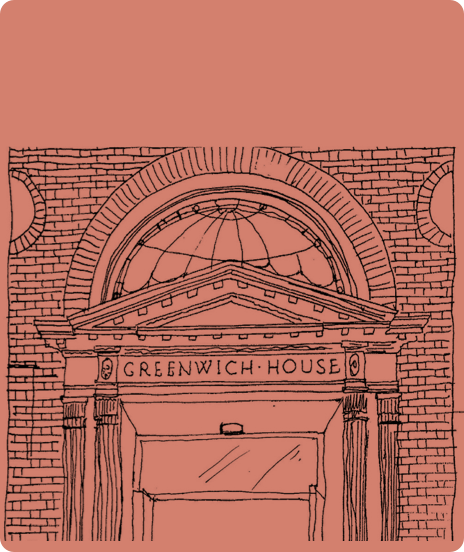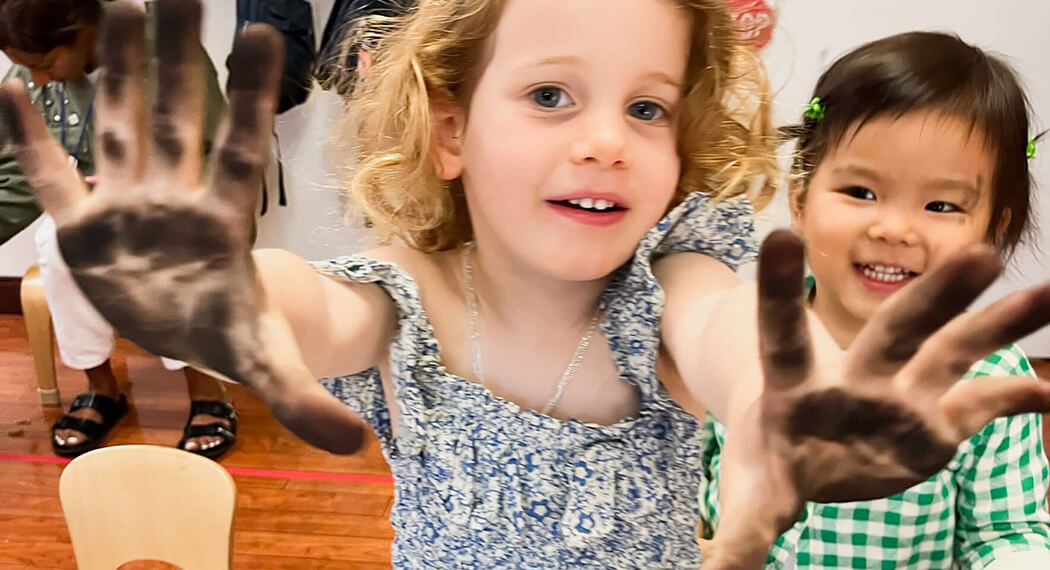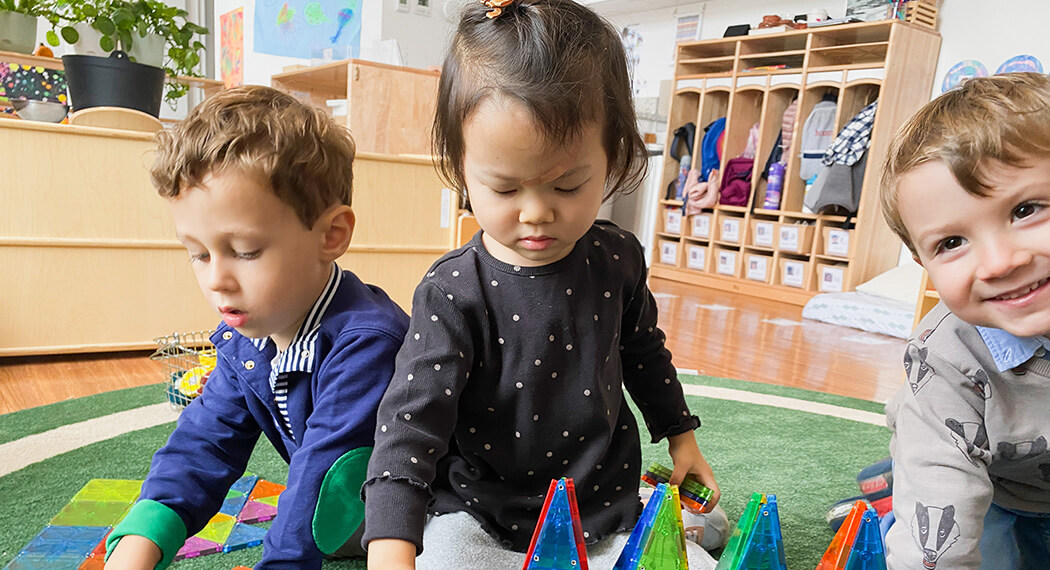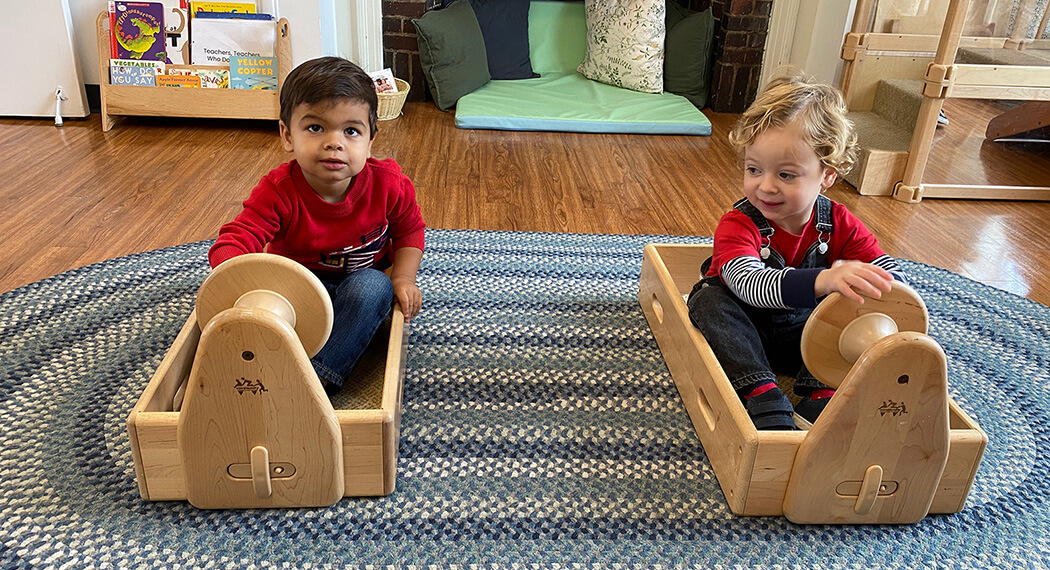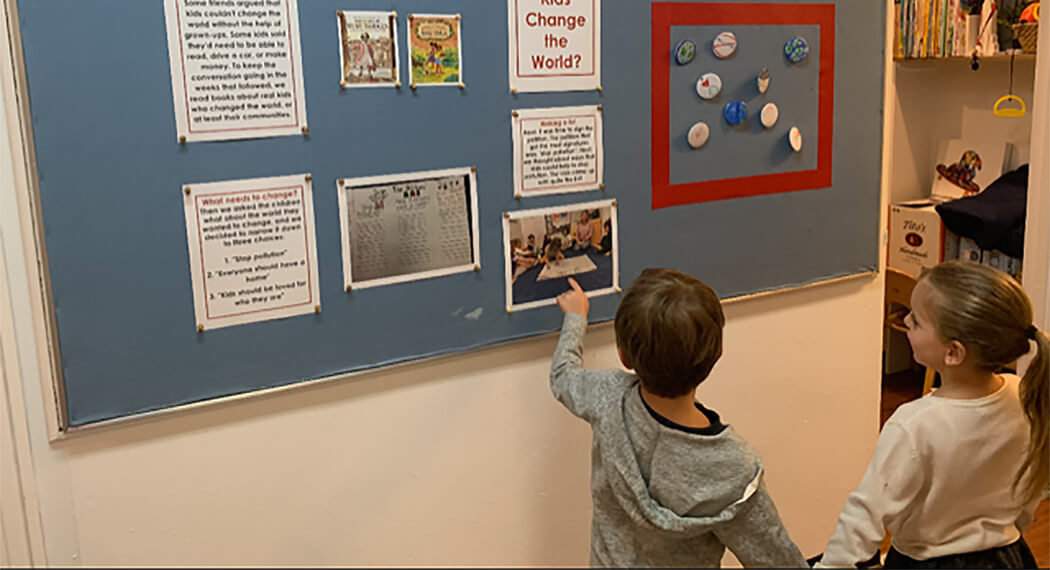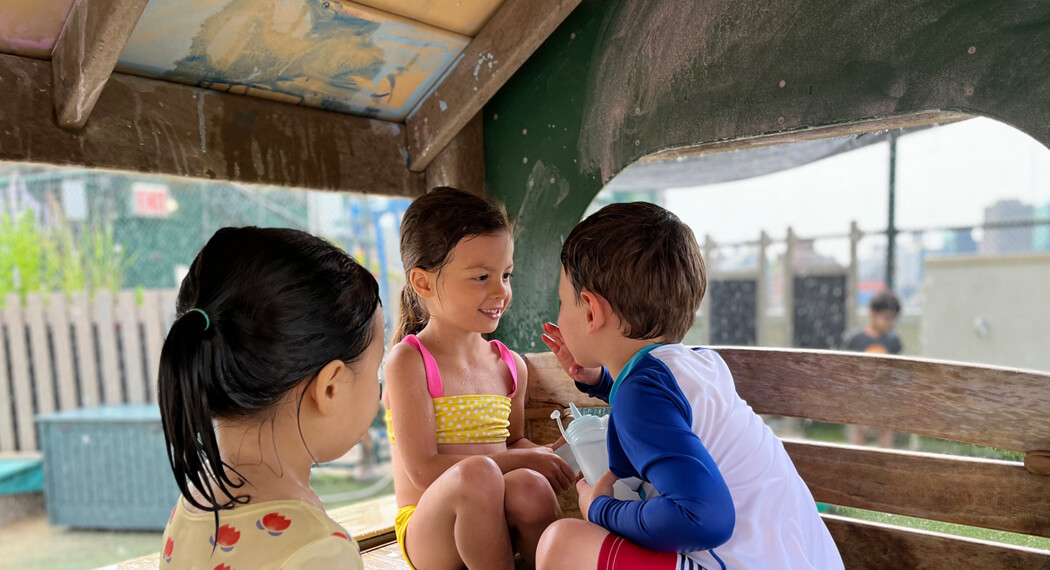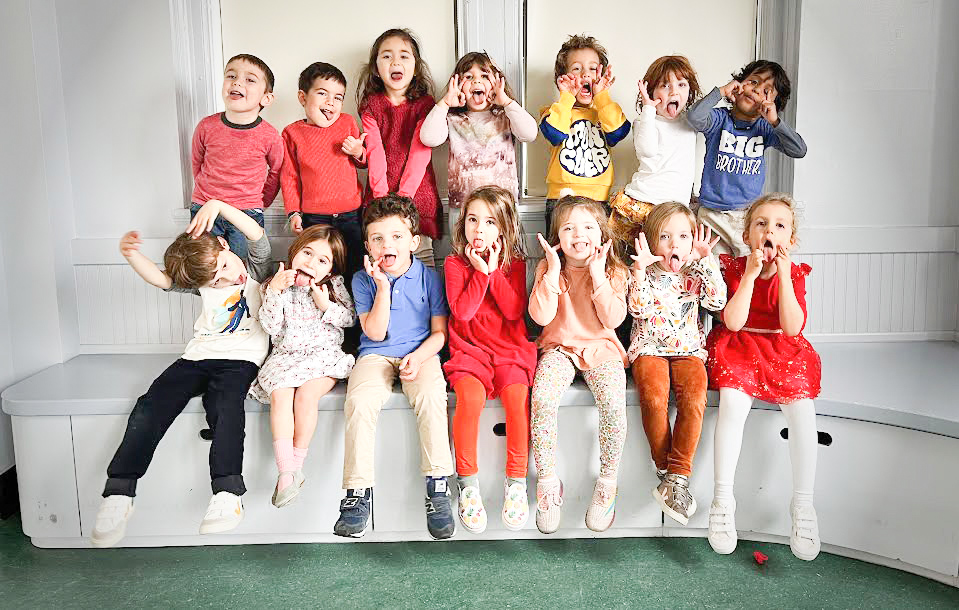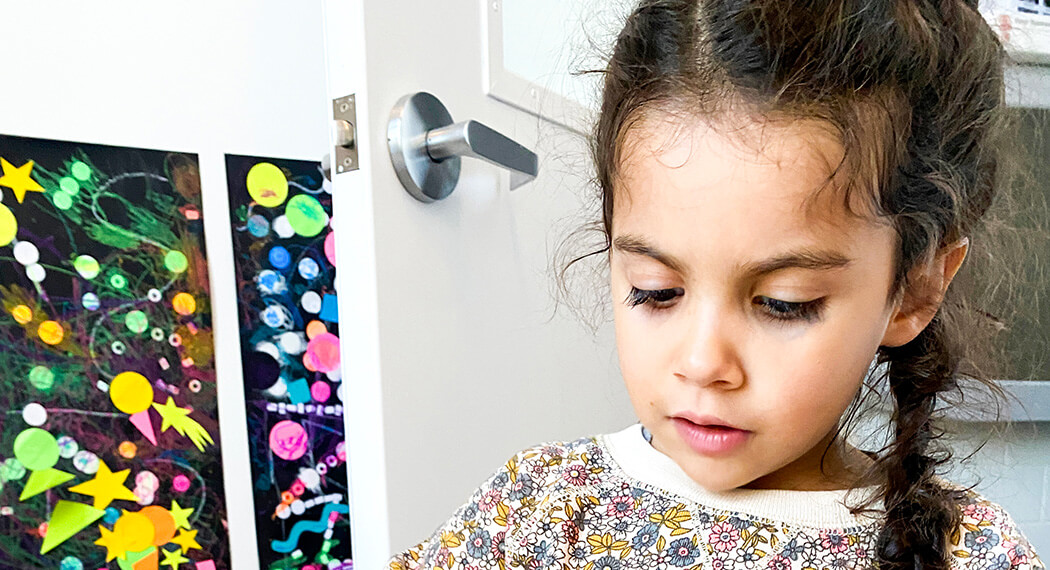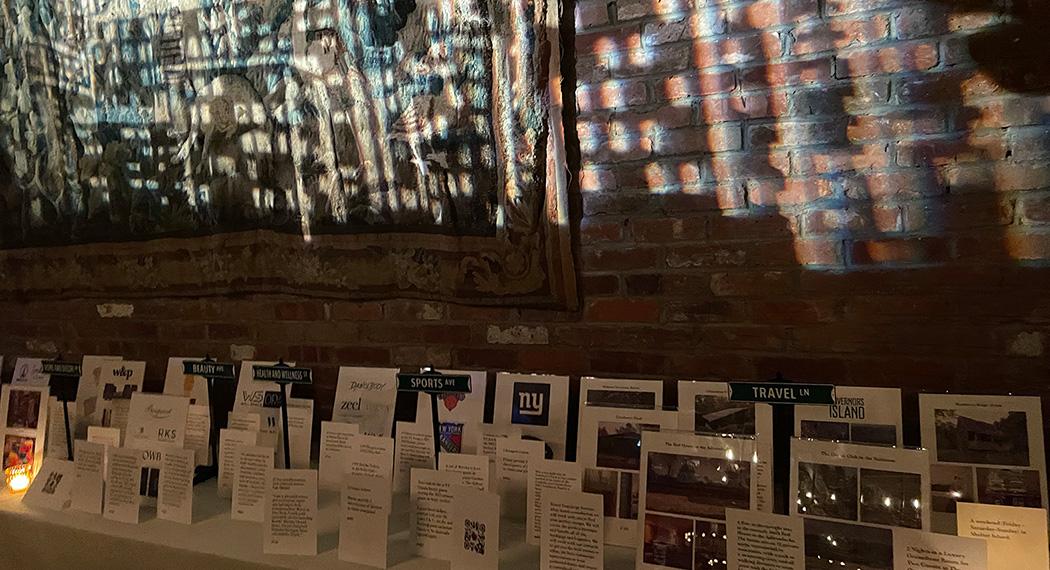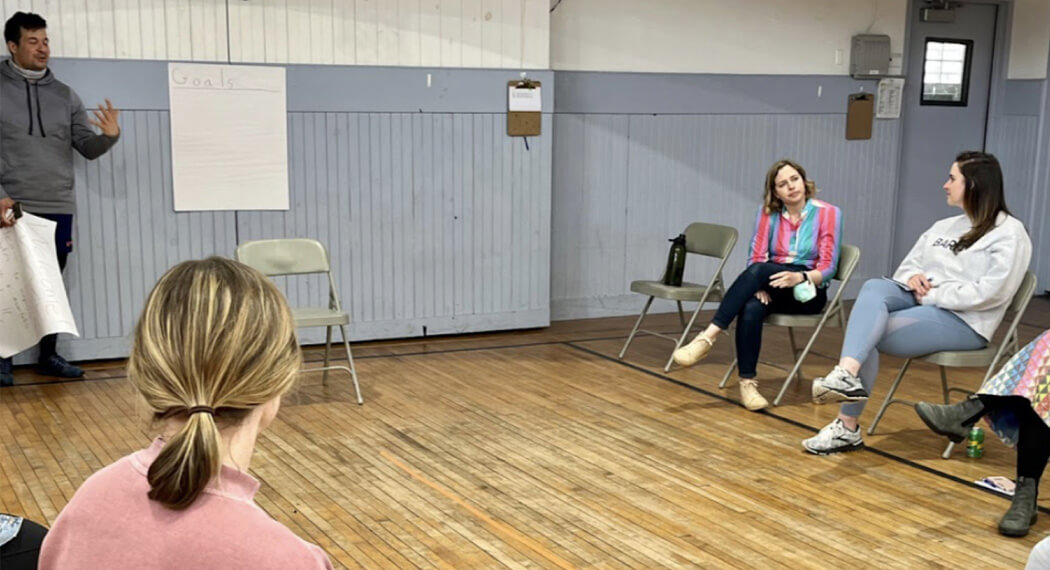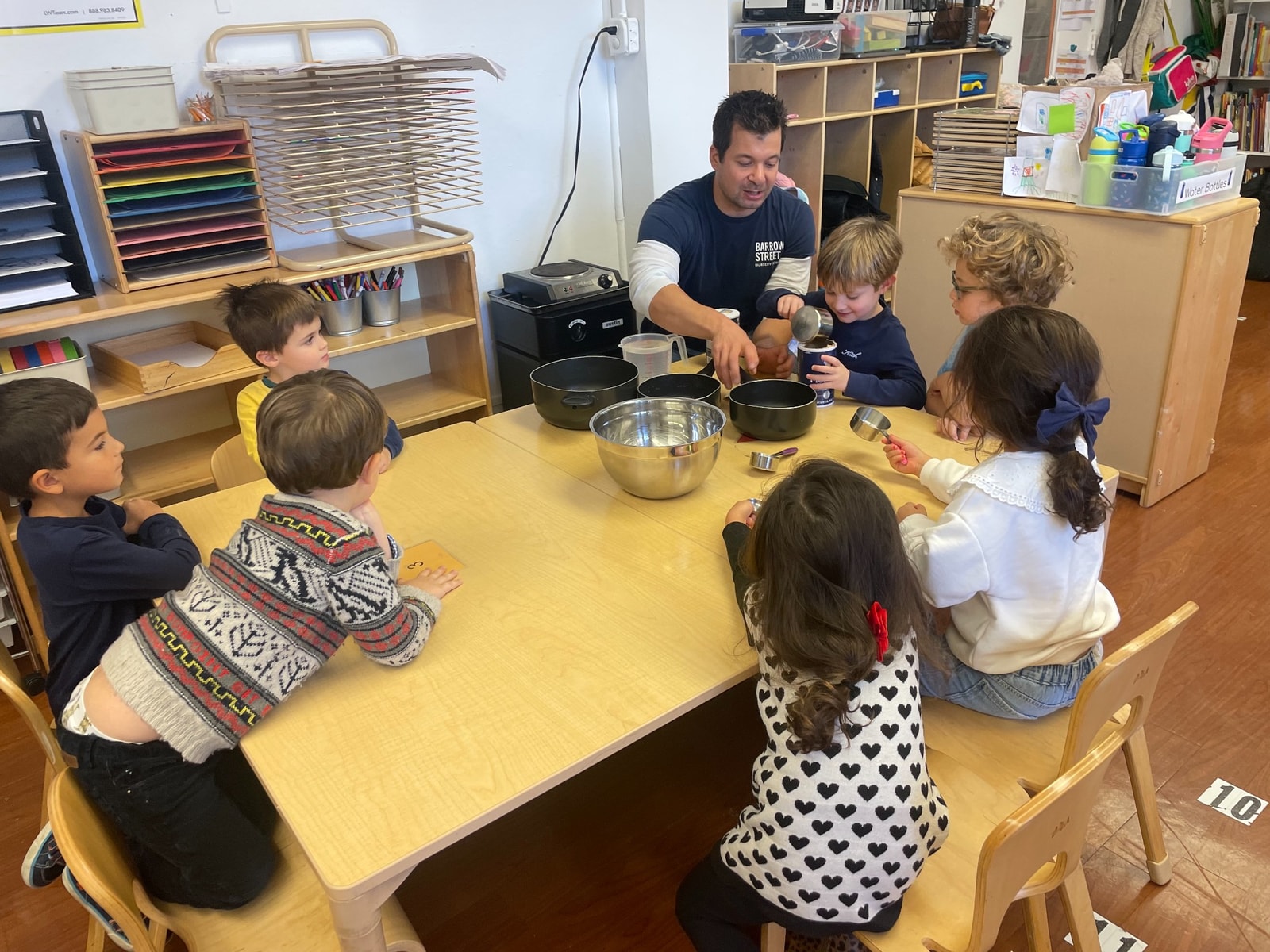In science, the Orange Room has been on a mission to learn more about playdough. The students’ admiration of this versatile play medium has allowed them to explore all things playdough through a scientific lens. Their journey started with a simple assignment – play with this playdough and talk about the playdough. What does it feel like? Smell? Sound? How does it move? How does it make you feel? Then, the children were asked to think about how playdough was made. What were the ingredients?
Last week in science, the students split into two groups – one group made No Bake playdough with Kim, and the other group made Baked (or cooked) playdough with Brian. The children took note of the ingredients and the method used to make each type of play dough (see below). Each type of playdough was separated into three batches, and a color was added to each batch: red, yellow, and blue. The playdough was stored and put aside for the following week.
This week in science, the children used a simple T-chart to make predictions to compare and contrast the two types of playdough. They used what they knew about the playdough they made last week to make educated guesses about what they thought the properties of the two playdoughs would be upon exploration: they made predictions. The students thought about the recipes for each playdough and the ingredients in each recipe. Some friends agreed with others’ predictions, some did not. Everyone’s predictions were added to the T-chart so that we could see how our thought processes were working and witness scientific reasoning at play.
Finally, the children could manipulate the No-Bake playdough and then the playdough that had been Baked/Cooked. Each type of playdough was separated by color: yellow at one table, red at one table, and blue at one table. It was exciting for them to realize if their predictions were correct. The compare and contrast process was a success, and the children learned a lot about the two types of playdough. At the end of the class, everyone agreed that these two types of playdough had to be mixed to see what would happen next (an exploration of cause and effect in action)! They kept the colors separate – stay tuned for our next playdough adventure in color mixing.
Easy No Cook Playdough
Ingredients:
2 cups flour
1/2 cup salt
1 cup hot/boiled water (maybe 1/2 cup more if necessary for consistency)
2 tablespoons (tbsp) cooking oil
2 tbsp cream of tartar
food coloring (optional)
Combine dry ingredients. Form well in the center. Add cooking oil and food coloring to well. Add water and stir to form a ball. Knead your playdough until you get the desired consistency. Be careful with boiled water. Check the heat of the dough before you knead with your hands.
Cook on Heat Playdough Recipe
2 cups flour
2 tbsp cream of tartar
1 cup salt (some recipes call for equal amounts of salt and flour, but Brian and Kayla find no difference in using less)
Mix dry ingredients well.
Add:
2 cups warm water
2 tbsp oil
Add color.
Heat over medium heat, mixing constantly. Once cooked, seal in a ziplock bag and let cool. Once cool, take out and knead, adding flour if sticky.

